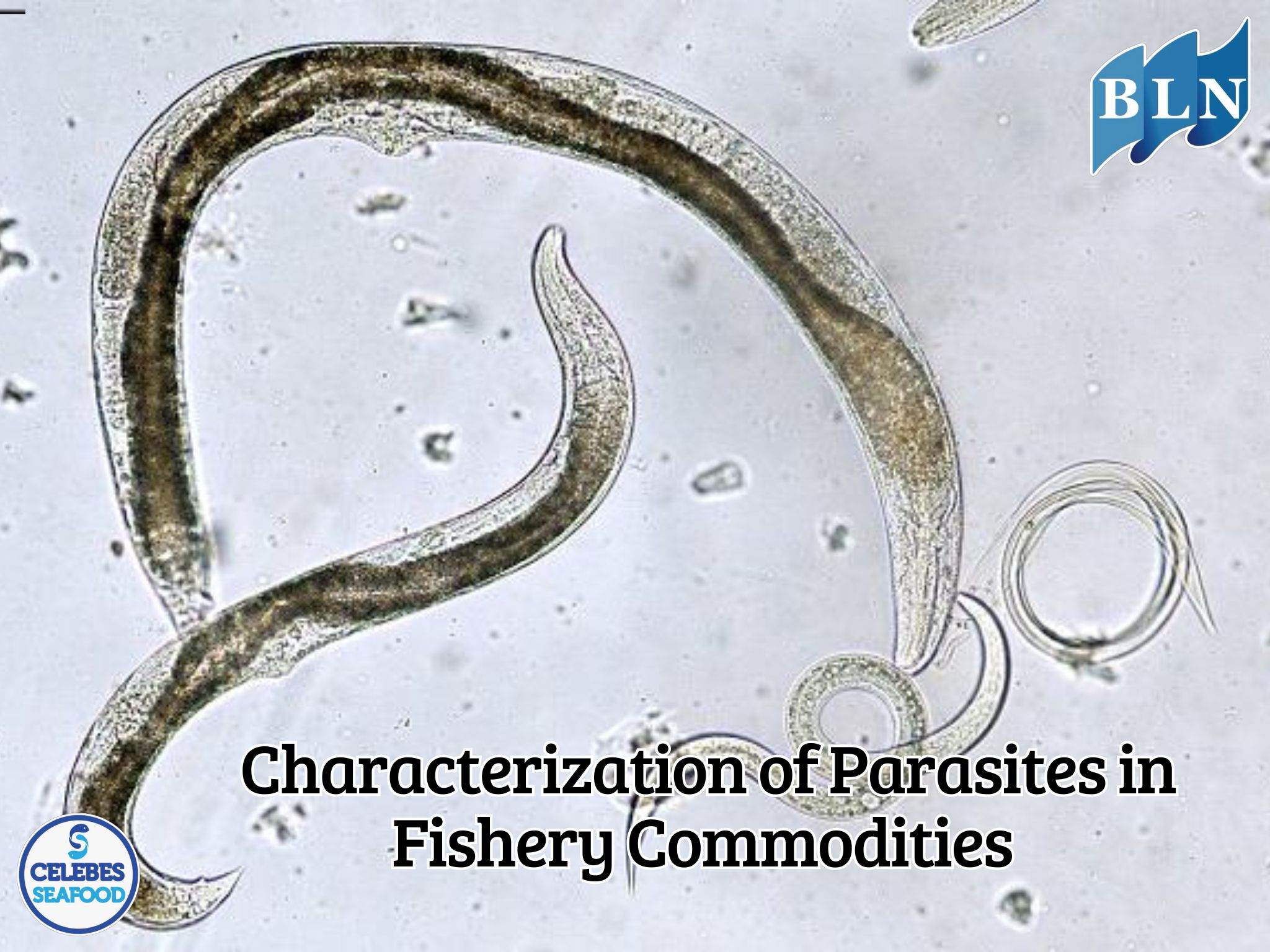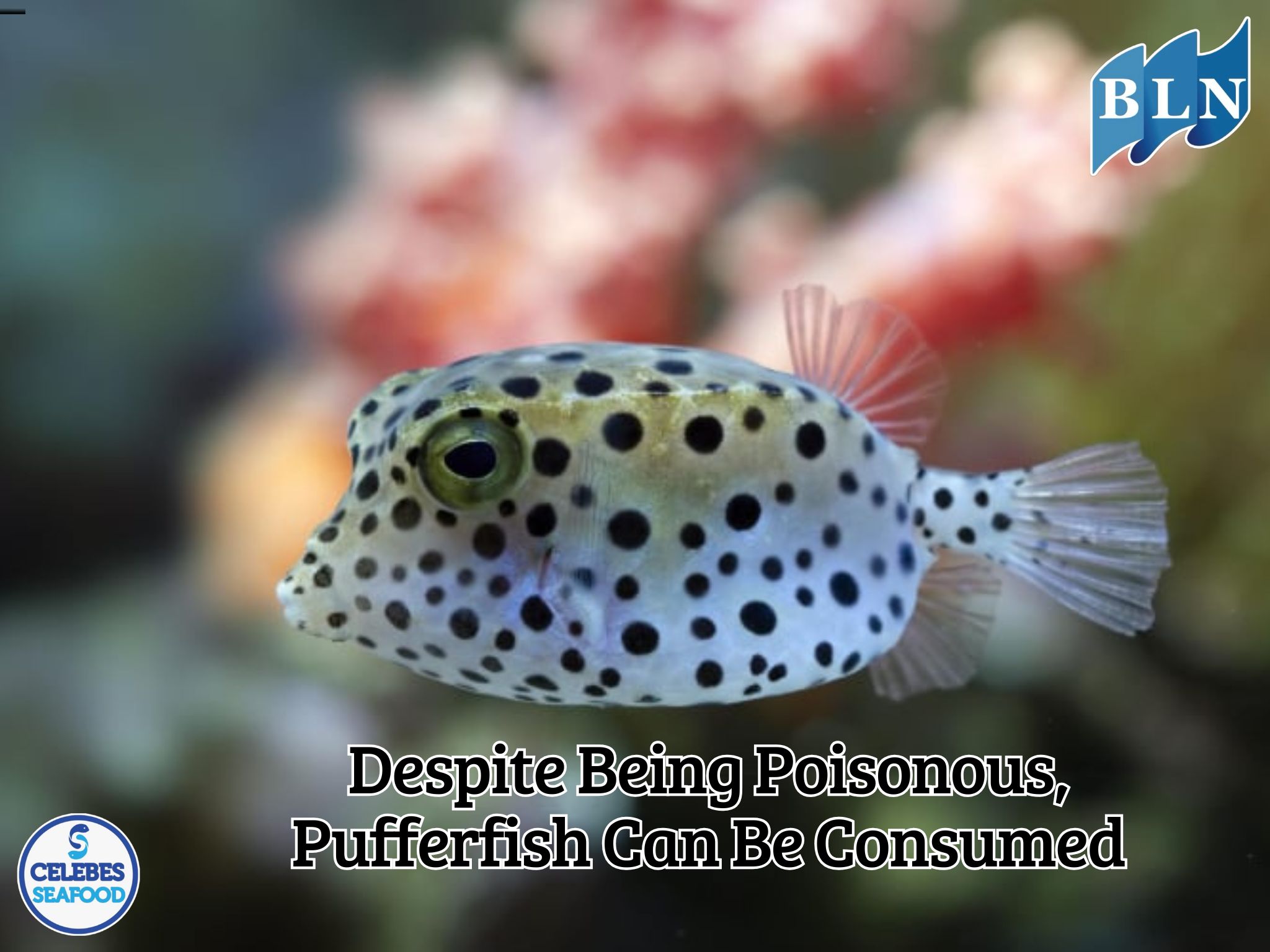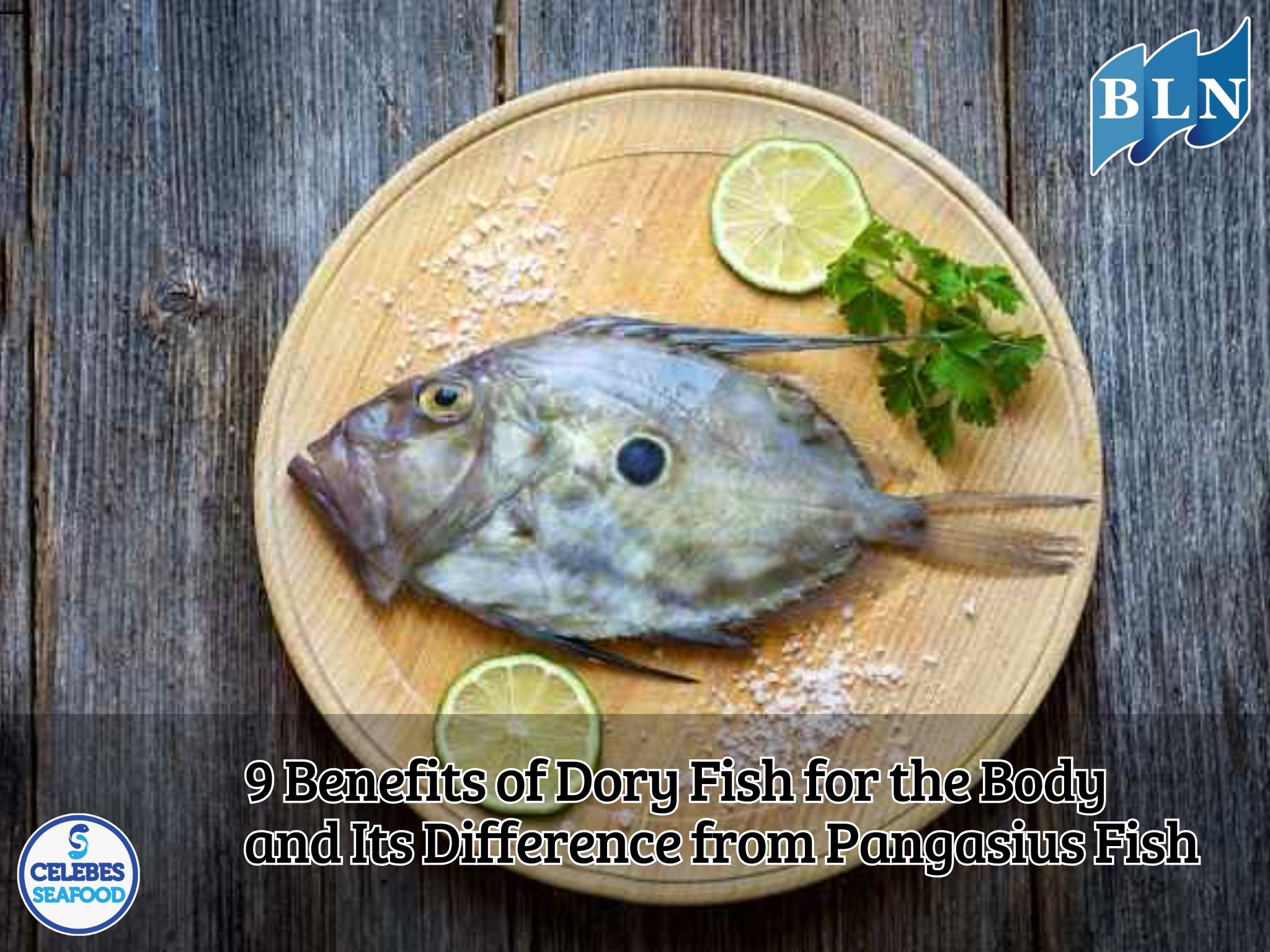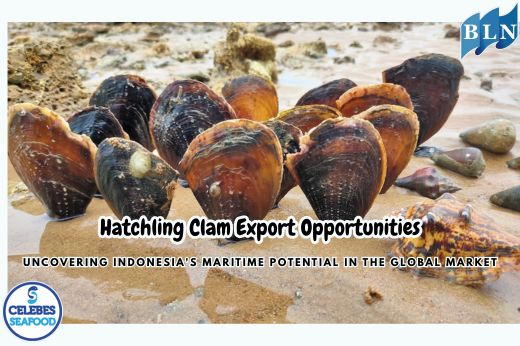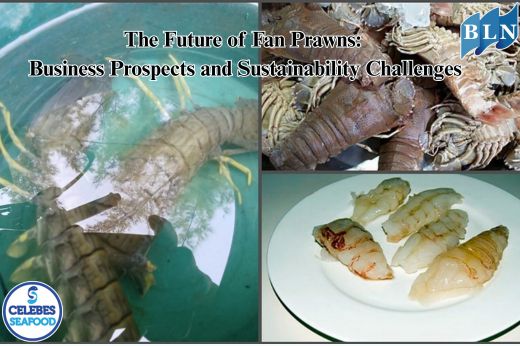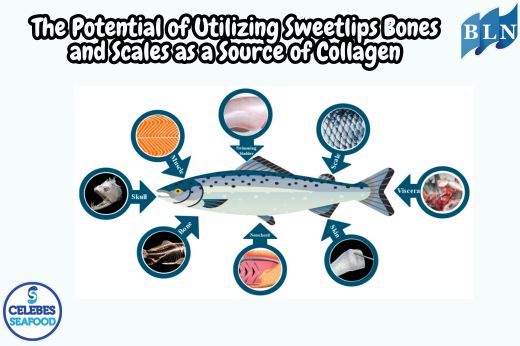The Role of Mangrove Ecosystems in Life and the Environment
By. Azizah - 30 Jul 2025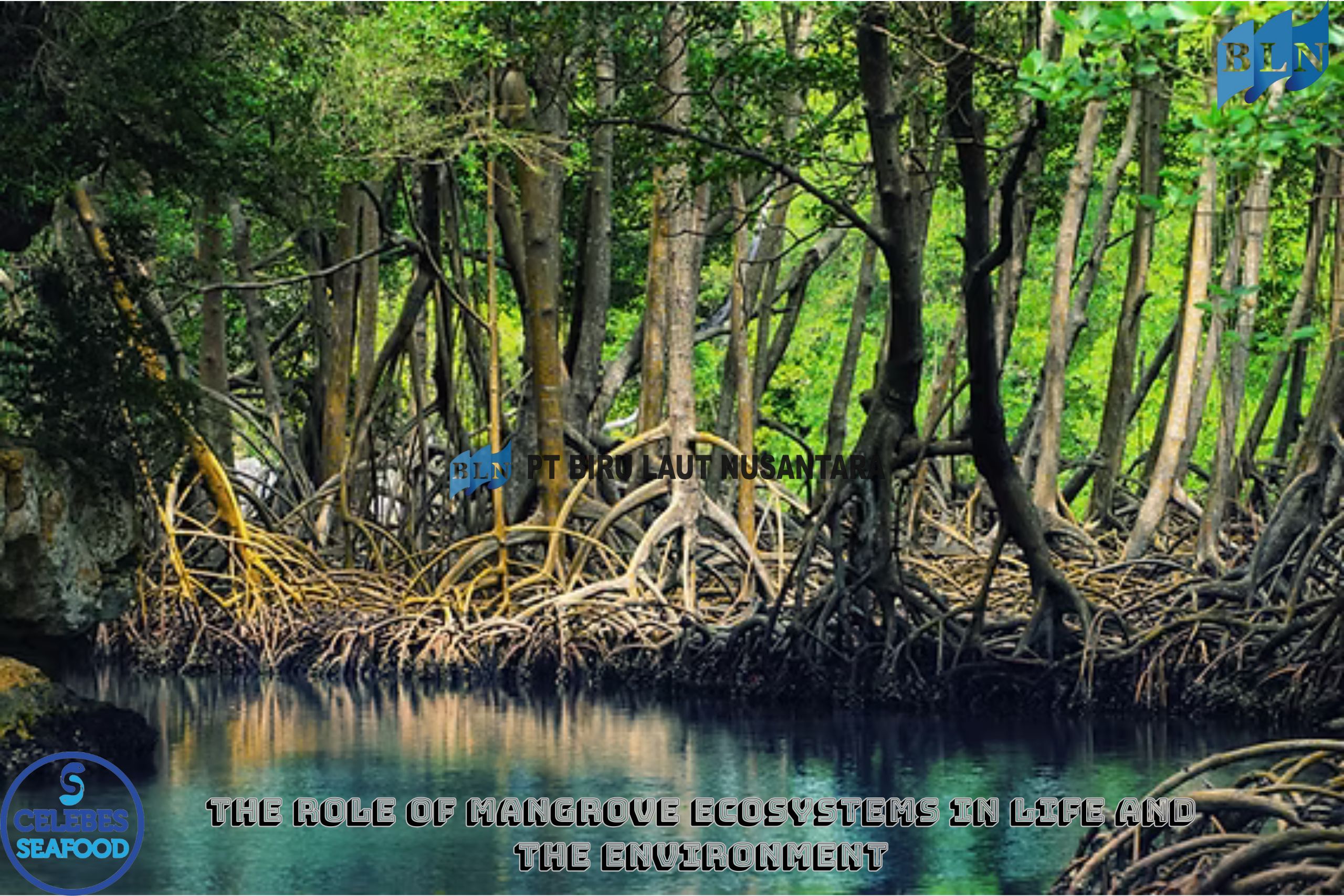
lautnusantara.comMangrove ecosystems are among the most valuable natural assets in coastal areas. Located in the intertidal zone between land and sea, mangroves play a crucial role that is often underappreciated. In reality, this ecosystem is vital—ecologically, socially, economically, and in the fight against climate change.
1. Natural Barrier Against Natural Disasters
One of the most prominent functions of mangroves is serving as a natural barrier against coastal disasters such as erosion, strong waves, and tsunamis. Their dense root systems are capable of absorbing wave energy before it reaches the land, reducing the risk of damage and loss of life. For example, during the 2004 Aceh tsunami, areas with mangrove forests experienced significantly less destruction compared to those without.
2. Habitat and Breeding Ground for Marine Life
Mangroves serve as nursery grounds and breeding sites for various species of fish, crabs, shrimp, and other marine organisms. Many marine species rely on mangroves during the early stages of their life before migrating to open seas. Therefore, mangrove forests play a vital role in supporting fishery productivity.
3. Carbon Sink and Climate Change Mitigation
Mangroves are among the most effective ecosystems for absorbing carbon dioxide (CO₂)—even more than tropical rainforests. Through photosynthesis and carbon storage in biomass and soil, mangroves help reduce greenhouse gas emissions. Preserving mangrove forests contributes directly to global climate stability.
4. Water Filter and Pollution Control
Mangrove roots can filter waste and heavy metals from river flows before they enter the sea. These plants also absorb excess nutrients, preventing eutrophication, and help maintain coastal water quality. In other words, mangroves act as a natural filtration system that supports the health of marine ecosystems.
5. Economic Source for Coastal Communities
For coastal communities, mangroves are a source of livelihood. People harvest mangrove wood, honey, fish, crabs, and even traditional medicinal ingredients from these forests. Moreover, many mangrove areas are now being developed for ecotourism, providing sustainable income without damaging nature. This shows that conservation and economic growth can go hand in hand.
6. Biodiversity Support System
Mangroves are home to a wide variety of plants, birds, reptiles, and mammals—some of which are endemic or endangered. This high level of biodiversity makes mangrove ecosystems crucial for global ecological balance and species conservation.
7. A Platform for Environmental Education and Research
Mangrove ecosystems are also valuable as natural laboratories for education and scientific research. Schools, universities, and environmental groups often use mangrove areas to learn about ecology, conservation, and climate change directly in the field.
Threats and Challenges Facing Mangrove Ecosystems
Unfortunately, mangrove ecosystems are under constant threat from land conversion, aquaculture, industrial development, and illegal logging. Globally, over 35% of mangroves have been lost in recent decades. In Indonesia, mangrove destruction has led to reduced fish stocks and increased disaster risks in coastal regions.
If you are interested in our Coral Trout Fillet Skin On, CORAL TROUT WGG WHOLE GILLED GUTTED, TOMATO COD WHOLE GILLED GUTTED please do not hesitate to contact us through email and/or whatsapp.
